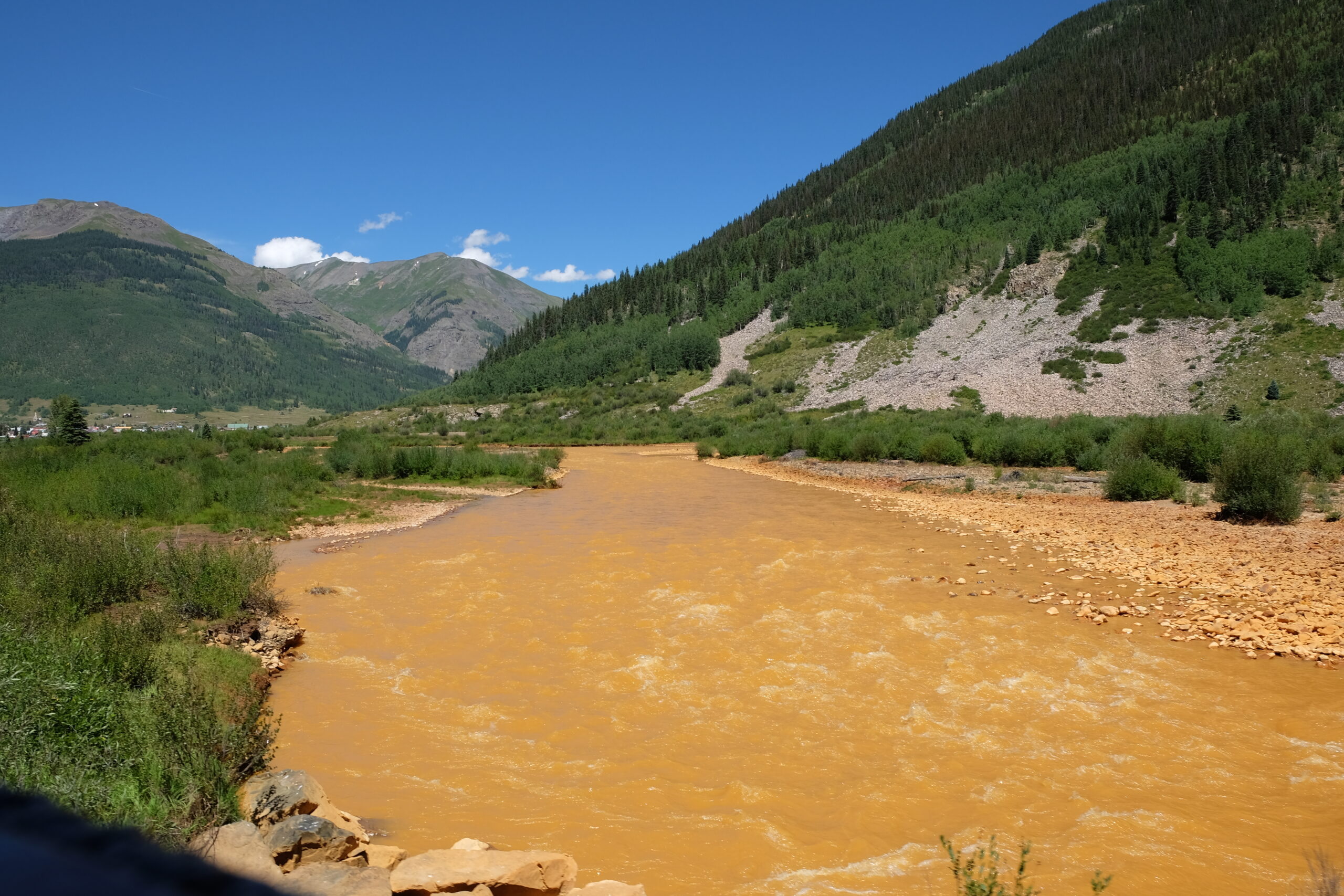This week was the 5th anniversary of the Gold King mine spill, in which contractors working for the Environmental Protection Agency breached an abandoned mine and released approximately 3 million gallons of toxic wastewater into the Animas River watershed. The accident was the most visible, recent reminder of the dangers posed by abandoned mines, which impair water quality in 40% of headwater streams in the American West.
During the last 5 years, EPA has paid dearly for the accident. The agency has spent $75 million to clean up the site of the spill, and expects to spend another $65 million before the cleanup is complete. It has been sued by numerous states, tribes, and private parties, seeking compensation for short-term losses caused by the spill as well as to fund downstream cleanups. Yesterday, EPA settled one of those cases with the State of Utah, agreeing to pay $3 million to improve water quality within the state.
The spill also led to a congressional investigation into the agency’s mishandling of the site and attempts to downplay the harms to downstream communities. As a congressional report and commentators (including me) pointed out in the immediate wake of the spill, EPA was far more forgiving of its mistake than it would have been if a private party had caused the same sort of accident.
Indeed, the threat of ruinous penalties and limitless liability that private parties face is one of the reasons why abandoned mines remain such a huge environmental threat. As I explain in Prospecting for Pollution, states, local governments, mining companies, utility companies, and conservation groups are willing to clean up abandoned mines to address downstream harms, but counterproductive regulations make the risks too great.
No one knows exactly how many abandoned mines there are nor the full extent of environmental impacts they cause. Federal land management agencies estimate there are hundreds of thousands of such mines, with impacts varying according to the type of mining that once occurred, the state of any mitigation efforts, and the sensitivity of the surrounding environment. Cleaning up these sites could cost more than $70 billion by one estimate.
Quantity and expense are not the only challenges. Federal regulation complicates things further by providing a powerful disincentive for states, local governments, or private groups to assist in the effort to clean up mines. Environmental regulations make parties working around such mines liable for the sites’ environmental impacts, meaning that no amount of care will protect Good Samaritans from liability should their efforts fail to end the pollution entirely or should a tragic accident occur. Chris Wood, president of Trout Unlimited, and Mitch Krebs, president of Coeur Mining, aptly sum up federal policy as: “[I]f you touch it, you own it.”
Federal funding to clean up abandoned mines and other polluted sites has steadily declined for decades. Fortunately, Good Samaritan reforms, combined with market incentives, can bring more private resources to bear on this problem, thereby reducing reliance on fickle federal funding.




